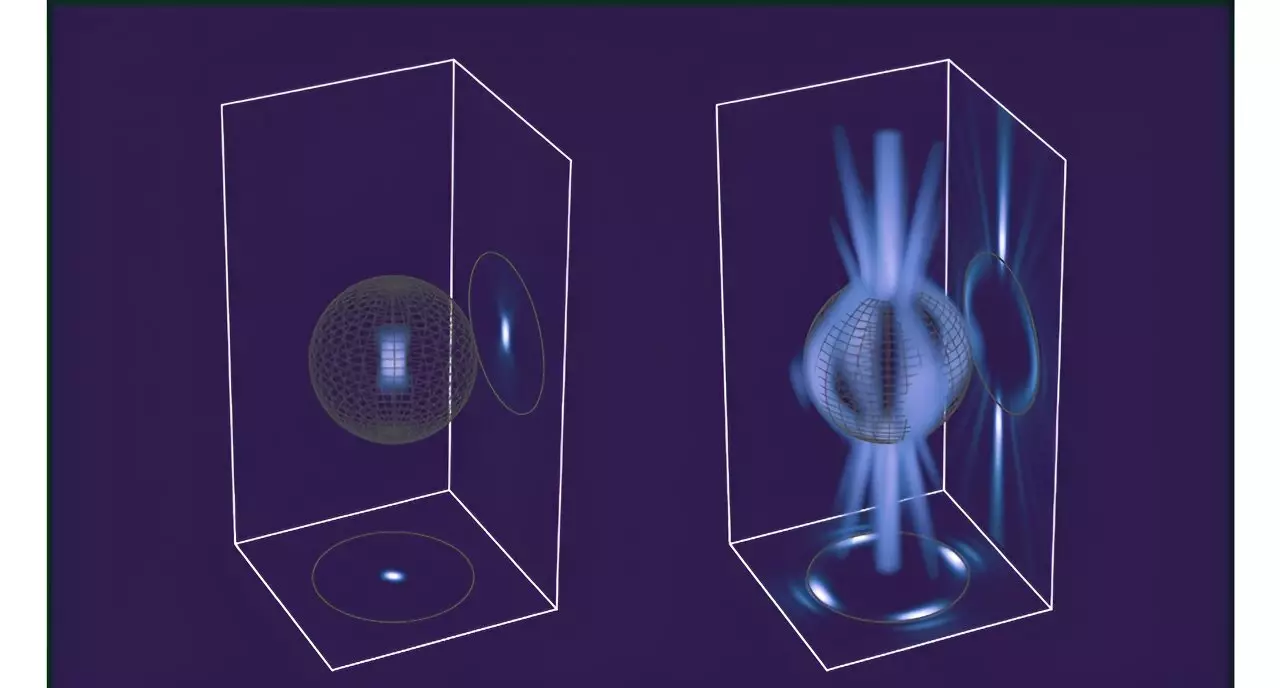The realm of microscopic manipulation has long relied on the ingenious invention of optical tweezers, a breakthrough that earned Arthur Ashkin a Nobel Prize in 2018. These tools utilize laser beams to hold tiny particles—ranging from biological cells to microscopic beads—in a confined space. While groundbreaking, traditional optical tweezers face limitations, especially when dealing with larger or more complex particles. Recent advances spearheaded by a team at the University of Exeter promise to transcend these boundaries, opening new vistas for scientific exploration and practical innovation.
Rethinking Light’s Role in Gripping Particles
Conventional optical tweezers focus a laser beam sharply onto a minute spot, creating a potent, localized force that traps particles. This method works impressively for small particles but falters with larger ones because much of the optical energy interacts predominantly near the particle’s surface. Consequently, the confinement weakens, allowing more thermal motion and reducing the trap’s stability. The new research, however, challenges this paradigm by proposing a novel approach: instead of concentrating light at the center, why not envelope the particle with a tailored wavefront of light? This method fosters a more substantial, “hug-like” confinement, regardless of the particle’s size.
The Art of Customizing Light for Superior Confinement
Achieving this enhanced trapping capability relies on a sophisticated understanding of light’s wavefront shaping—crafting precise patterns that conform to each particle’s unique surface geometry. Dr. Phillips and his colleagues realized that there is no universal recipe; every particle’s shape and reflectivity demand a bespoke arrangement of light. This necessitated developing advanced mathematical models and experimental techniques, often involving trial, error, and iterative refinement. Collaborations across institutions, including the University of Glasgow and Vienna University of Technology, were essential in pushing the boundaries of wavefront shaping technology.
The Significance of Wavefront Shaping in Scientific Innovation
This leap in optical trapping technology is more than a technical feat; it represents a strategic shift that could dramatically accelerate research in multiple fields—biophysics, nanotechnology, and quantum science, to name a few. With the ability to confine larger particles more effectively, researchers can manipulate cells and biomolecules with unprecedented precision, paving the way for breakthroughs in disease treatment, drug delivery, and nanomaterial fabrication. By harnessing expert wavefront engineering, scientists are beginning to turn light into an even more versatile tool—not just a method of observation, but a powerful means of control at the microscopic level.
While this new era of optical manipulation still grapples with technical complexities, the potential it unlocks is undeniable. The future of particle trapping is bright—and remarkably adaptable—thanks to the innovative integration of wavefront shaping. It’s a testament to how rethinking fundamental concepts in science can lead to transformative progress, reinforcing the idea that sometimes, a new perspective on light itself can illuminate pathways previously thought impossible.

